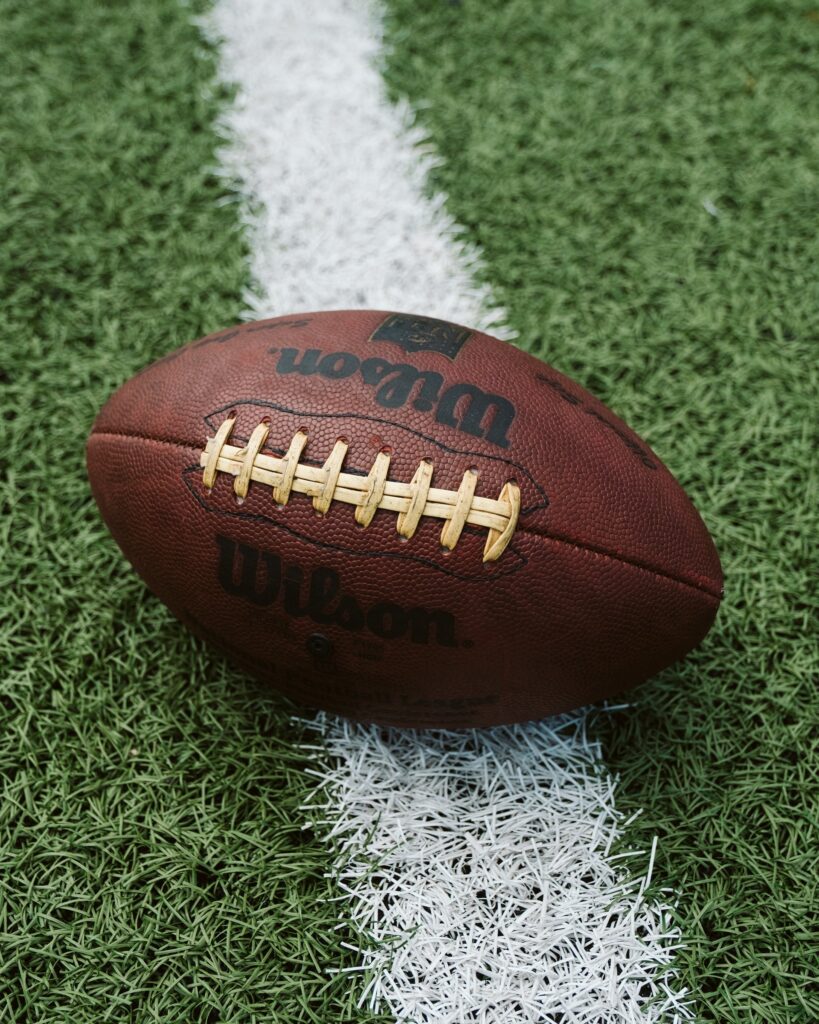
Introduction:
Achieving gender equity in college sports is an ongoing challenge that requires continuous effort and commitment. While significant progress has been made over the years, disparities in opportunities and resources between male and female athletes still exist. In this article, we will explore the importance of gender equity in college sports, discuss the barriers and challenges faced by female athletes, and highlight the initiatives and strategies aimed at closing the gap and promoting equal opportunities for all student-athletes.
I. The Importance of Gender Equity in College Sports:
Gender equity in college sports is not only a matter of fairness but also a reflection of societal values and principles. Providing equal opportunities and resources for female athletes is crucial in fostering inclusivity, promoting diversity, and breaking down barriers. Gender equity allows all student-athletes to develop their talents, pursue their athletic dreams, and benefit from the personal and professional growth that college sports can offer.
II. Barriers and Challenges for Female Athletes:
Female athletes often face unique barriers and challenges in college sports. These can include limited scholarship opportunities, disparities in coaching staff and resources, unequal media coverage and exposure, and societal stereotypes that affect perceptions of women’s sports. These barriers can hinder the development and success of female athletes, limiting their opportunities to excel and reach their full potential.
III. Initiatives and Strategies for Closing the Gap:
To address gender inequities in college sports, various initiatives and strategies have been implemented. These include Title IX legislation, which prohibits sex discrimination in education programs receiving federal funding, as well as efforts to increase scholarship opportunities for female athletes, promote gender diversity in coaching and administrative positions, enhance media coverage of women’s sports, and create a culture of inclusion and support for all student-athletes.
IV. Promoting Equal Opportunities and Resources:
Closing the gender gap in college sports requires a comprehensive approach that focuses on providing equal opportunities and resources for all student-athletes. This includes investing in facilities and resources for women’s sports programs, ensuring equitable access to training and support services, promoting gender diversity in decision-making positions, and challenging societal norms and stereotypes that perpetuate gender inequities. By prioritizing gender equity, institutions can create an environment where all student-athletes have the chance to thrive and succeed.
V. The Future of Gender Equity in College Sports:
While progress has been made, achieving true gender equity in college sports is an ongoing journey. It requires ongoing advocacy, policy development, and a collective commitment from institutions, athletic departments, governing bodies, and society as a whole. By working together to address the barriers and challenges faced by female athletes and promoting equal opportunities and resources, we can create a future where gender equity in college sports is not only a goal but a reality.
Conclusion:
Gender equity in college sports is a critical issue that demands attention and action. By closing the gap in opportunities and resources, we can create an inclusive and supportive environment where all student-athletes, regardless of gender, have equal chances to succeed and thrive. Through legislation, initiatives, and a commitment to change, we can build a future where gender equity in college sports is fully realized, providing female athletes with the same opportunities, recognition, and support as their male counterparts.